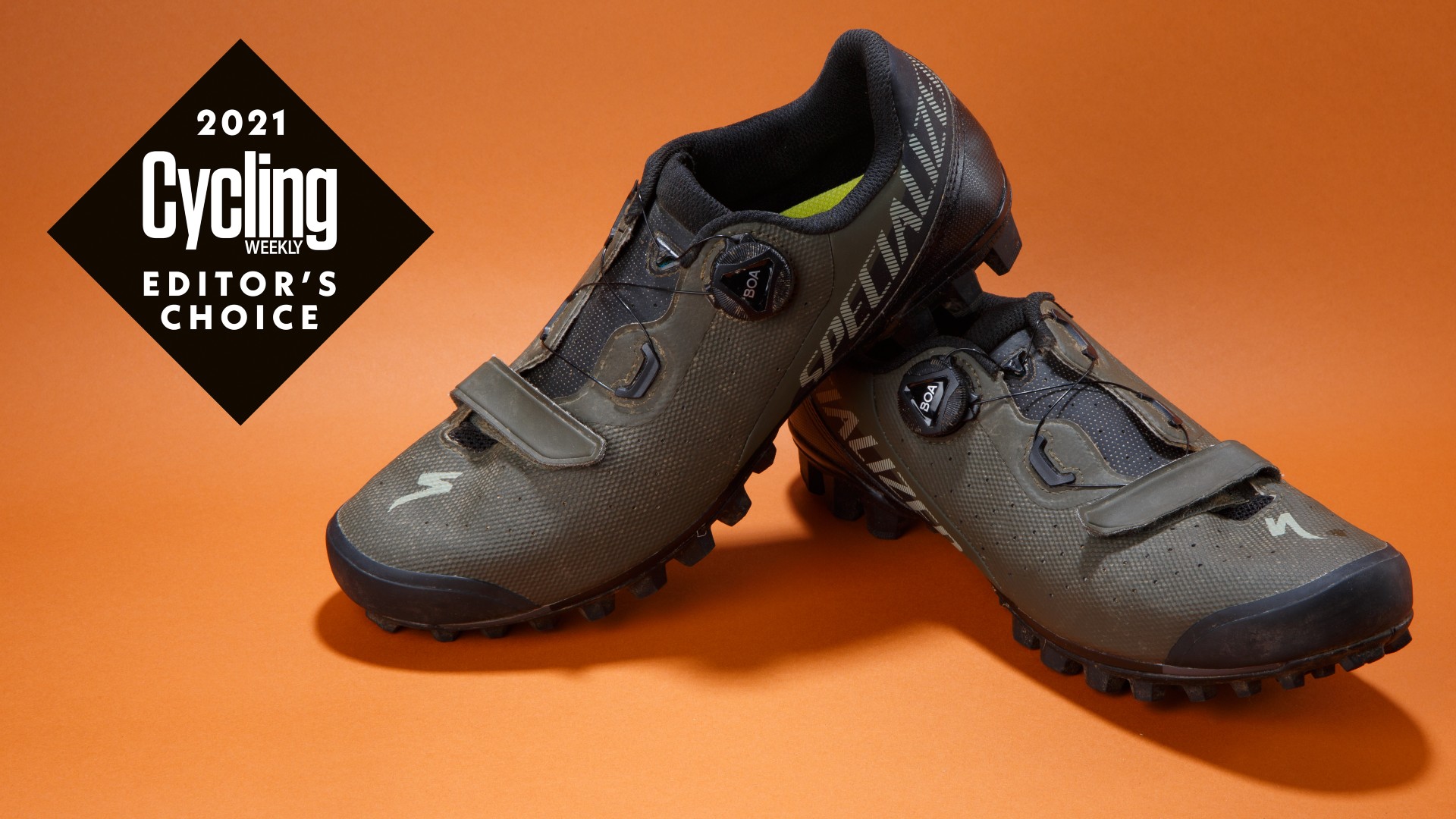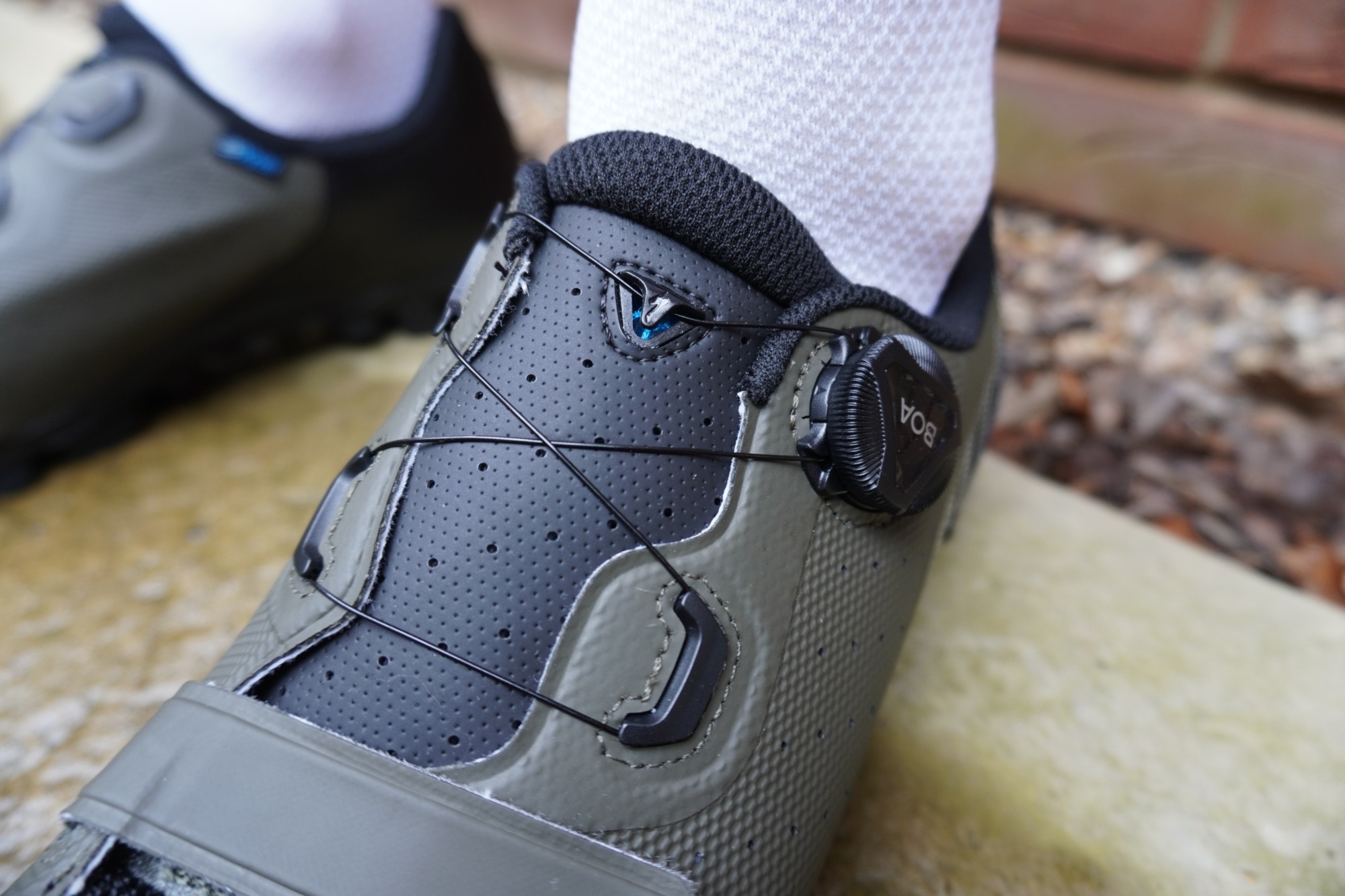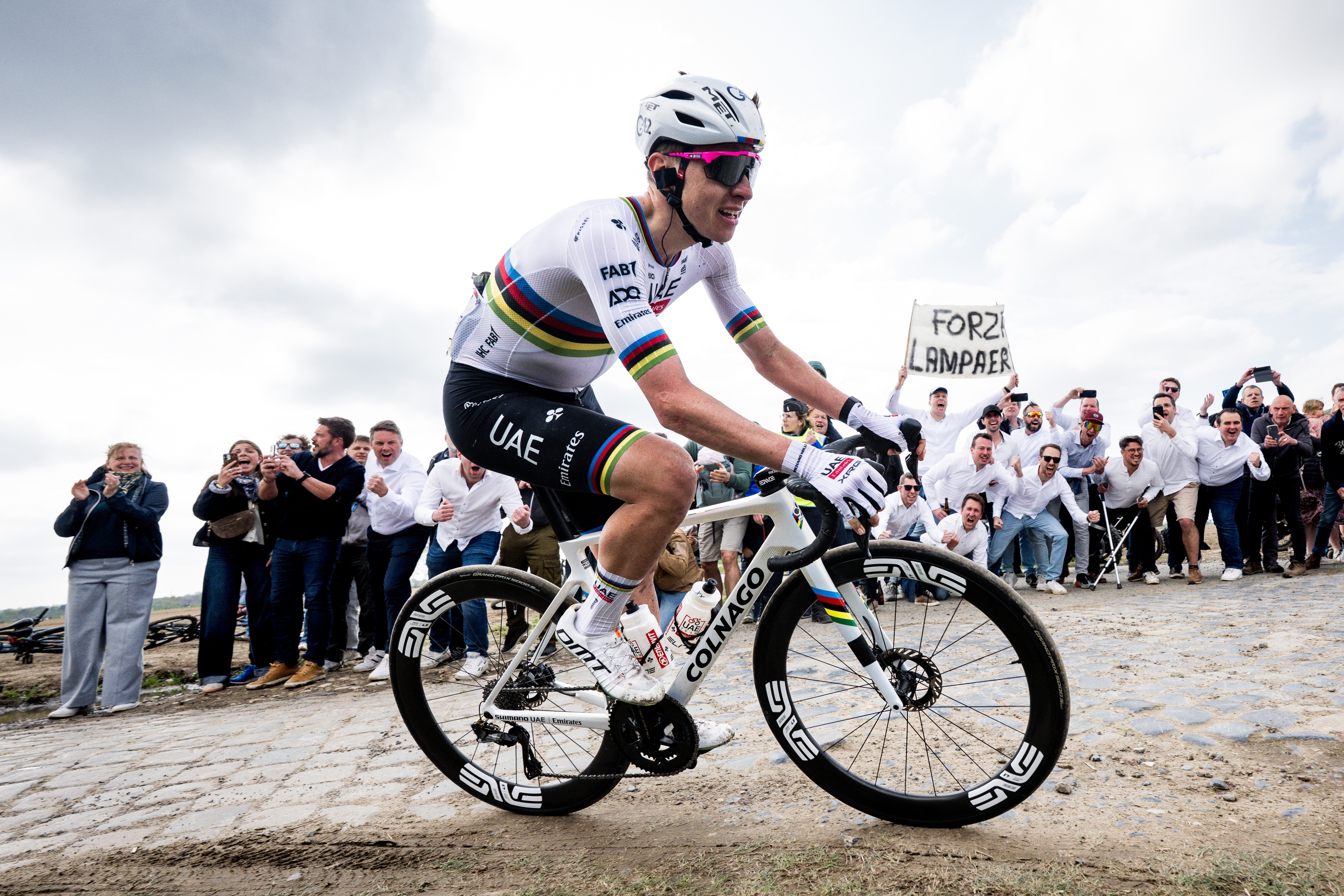Specialized Recon 2.0 Shoes review
With a reasonably stiff pedalling platform and very easy to walk in, these shoes are great for off-road adventures

The Specialized Recon 2.0 Shoes are especially good for more adventurous rides which might require a little bit more off-the-bike manoeuvrability. They have a flexible forefoot and a sole with deep lugs made from a grippy rubber, which makes walking around very easy to do. But for all that, the pedalling efficiency has not been compromised and they are very comfortable for cycling long distances, with the single Boa dial providing an even tension. The one niggle I had was that they are quite high volume compared to other shoes, and the Velcro toe strap didn’t do too much to hold my forefoot in place securely for hard efforts.
-
+
Flexible forefoot
-
+
Supportive sole
-
+
Very grippy tread
-
+
Long distance comfort
-
-
Quite high volume
You can trust Cycling Weekly.

Although Specialized might bill the Recon 2.0 as a mountain bike shoe, it crosses over excellently for gravel riding.
Off-road ready 2-bolt cleats are a lot more durable than the 3-bolt plastic ones used on road shoes—and the matching pedals are far better at shedding mud too.
Although this model is only one-up from the entry level Recon 1.0, its combination of neat features and reasonable price makes it a standout performer.
The construction: Specialized Recon 2.0 Shoes
The highlight of the Recon range has got to be the soles. These feature many deep lugs to provide grip in sloppy mud and utilises a very tacky compound for the rubber, which provides grip on hard and flat surfaces, such as exposed rock.
Unlike most other off-road shoes, the forefoot is given a large degree of flex, making it significantly easier to walk around in. This has great benefits for bikepacking tours when you want to explore places a bike can’t go—as well as out on the trails when you reach an obstacle you can’t cycle over.
But for all this, the stiffness index on Specialized’s scale comes in at a six, which is plenty firm enough to offer good support and an efficient pedal stroke, although not matching the more direct power transfer of stiffer shoes.

The one downside of the sole is that you can’t screw studs into it for cyclocross racing. This is quite a shame, as the flexible forefoot would be a massive help for the running sections of a ‘cross race. But if you’re just sticking to gravel riding and maybe some mountain biking, the lugs will be sufficient for those conditions.
The main binding system is an L6 Boa dial. This model tightens in 1mm increments, so if you want to back the pressure off slightly, you’ll have to fully release it and retighten.
This might come as something of a surprise if you’re used to road shoes which – from prices of around £150 – often feature Boa dials that can also be loosened in 1mm increments. But for some reason with off-road shoes, you don’t really find that technology until you near the £300 mark.
Although higher end Specialized shoes fit me fine, I found the Reacon 2.0 to be quite high volume. It wasn’t that the width was too great, but rather my forefoot had a lot of room to rattle around vertically. I did pull the Velcro toe strap as tight as it would go, but this was more of a mitigation than a solution.
The ride
The Recon 2.0 shoes really impressed me. Although their high volume last meant they I didn’t feel so locked in for hard efforts, for longer rides, they were incredibly comfortable. There was no pinching or hotspots caused by any of the stitching, and the pedalling platform was perfectly supportive, not putting put any strain on my ankles or knees.

The flexible forefoot proved massively helpful. If you’ve gotten your line wrong through an incredibly steep section, or come across anything that is just simply unrideable, walking is just so easy while the grip from the compound and tread pattern of the sole gave me confidence in my foothold.
So much so, I actually felt more secure negotiating rough terrain on foot when wearing these than I would in a set of trainers or flat soled mountain biking shoes.
This, combined with the stiffness of the pedalling platform, makes the Reacon 2.0 great for more adventurous rides where you don’t know what’s going to be coming up. You can tackle any obstacles off the bike while still having a pedalling feeling that isn’t far off some sets of road shoes.
The risk of having just a single Boa is that if the binding is positioned too high, it can cut into the tendons of your forefoot when done up tight – meaning you end up stuck choosing between being uncomfortably restricted, or uncomfortably loose.
Happily, with the Reacon 2.0 shoes, the Boa dial was placed just right, allowing me to do the binding to the degree that was most comfortable, without having to factor in any other considerations.
Value
With a Boa closure and such a good sole for grip and walkability, the Specialized Recon 2.0 Shoes are pretty great value compared to similarly priced off-road shoes.
The Fizik Terra X5 2-bolt shoes are £159.99 and quite typical in this price bracket. To be fair to them, they are a pretty solid set of shoes, but with a sole that’s rigid all the way down its length, and with relatively sparse tread that takes the form of stiff and unyielding plastic blocks, these – and others like them – are not a match for the Reacon 2.0.
Going down a bracket, there’s Specialized’s Recon 1.0 shoes at £99, which offer a very interesting proposition. With essentially the same sole as the Recon 2.0, all those great points still apply, the only difference is that the Boa dial is traded for Velcro. Although the Boa system is more reliable in the mud than Velcro, as the model specced is only the L6 version, the loss isn’t actually too great and the Recon 1.0 are much cheaper.
Going up a bracket, there’s the Lake MX 238 Supercross shoes and these do offer a broad range of improvements. They have two Boa dials which can be tightened and released in mm increments. They are also available in a wide range of different widths, making them a lot easier to get a perfect fit with. But at £265, they are quite a bit more expensive than the Recon 2.0 shoes.

Thank you for reading 20 articles this month* Join now for unlimited access
Enjoy your first month for just £1 / $1 / €1
*Read 5 free articles per month without a subscription

Join now for unlimited access
Try first month for just £1 / $1 / €1
Get The Leadout Newsletter
The latest race content, interviews, features, reviews and expert buying guides, direct to your inbox!

After winning the 2019 National Single-Speed Cross-Country Mountain Biking Championships and claiming the plushie unicorn (true story), Stefan swapped the flat-bars for drop-bars and has never looked back.
Since then, he’s earnt his 2ⁿᵈ cat racing licence in his first season racing as a third, completed the South Downs Double in under 20 hours and Everested in under 12.
But his favourite rides are multiday bikepacking trips, with all the huge amount of cycling tech and long days spent exploring new roads and trails - as well as histories and cultures. Most recently, he’s spent two weeks riding from Budapest into the mountains of Slovakia.
Height: 177cm
Weight: 67–69kg
-
 'I'll take a top 10, that's alright in the end' - Fred Wright finishes best of British at Paris-Roubaix
'I'll take a top 10, that's alright in the end' - Fred Wright finishes best of British at Paris-RoubaixBahrain-Victorious rider came back from a mechanical on the Arenberg to place ninth
By Adam Becket Published
-
 'This is the furthest ride I've actually ever done' - Matthew Brennan lights up Paris-Roubaix at 19 years old
'This is the furthest ride I've actually ever done' - Matthew Brennan lights up Paris-Roubaix at 19 years oldThe day's youngest rider reflects on 'killer' Monument debut
By Tom Davidson Published
-
 'One of the hardest races I've ever done in my life' - Tadej Pogačar finishes runner-up on Paris-Roubaix debut after crash
'One of the hardest races I've ever done in my life' - Tadej Pogačar finishes runner-up on Paris-Roubaix debut after crashWorld champion reacts to 'extremely hard' battle with Mathieu van der Poel
By Tom Davidson Published